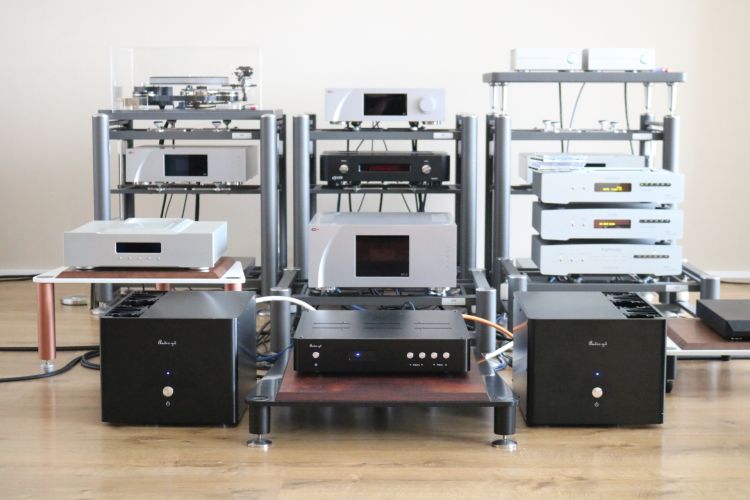
Review samples supplied by Magna Hifi
Retail prices in the NL including 21% VAT:
Master 1 stereo preamplifier: 1.399 euro
Master 2H mono power amplifiers (pair): 4.089 euro
Master 2H power amplifiers – technical
In a fully balanced, fully discrete, two-chassis design, the 2H power amplifiers as a system employ two R-Core and two Toroid transformers with a total of 1700 Watts feeding a total of 260,000 uF divided over custom-ordered Nover capacitors which in turn feed 4 groups of class A parallel, separately regulated PSU’s to power the discrete and fully class-A gain stages which are comprised of 80 MJL4281/4302 output transistors supplying 250W into 8 Ohms, 500W into 4 Ohms and 1000 Watts into 2 Ohms per channel. Ok, that is an impressive list for certain and it seems clear that the amps have power to spare. But at only 4.089 euros per pair, could these beasts also be refined, transparent, fast, articulate, introspective, lush, smooth, rich, musical and lyrical? You bet! As I would learn, these amps do it all. Intrigued? You should be!
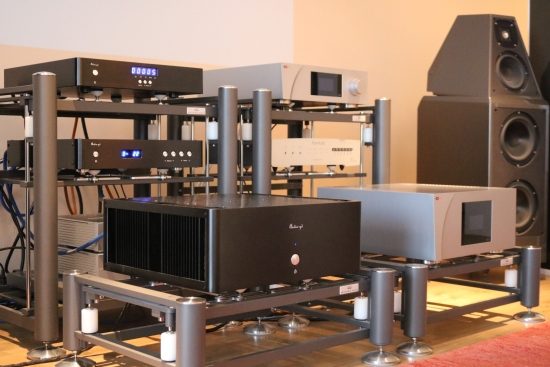
The setup as used in the previous Audio GD review
In an earlier review last year, I looked at the Audio GD Master 3 stereo power amp along with the R8 DAC and the Master 1 preamp. The review you are reading now is mainly about the 2H power amplifiers but since I will be driving them primarily with the Master 1 preamp, it makes sense to revisit this extremely cost-effective yet super-high-performance product.
Master 1 preamplifier revisit
With triple C-core transformers, countless regulator stages, single-polarity FET input and output buffer stages, fully balanced, class-A amplification using only discrete components and V/I conversion for volume control via gold-contact relays and discrete 0.05% Dale film resistors and Nover capacitors, the Master 1’s list of ingredients reads like the description of a high-end preamp. Especially the volume control circuit reads like something straight out of a classic reference Mark Levinson design or a current Accuphase amplifier for that matter. Lift the hood and prepare to be amazed by the abundance of carefully-selected discrete components, all laid out perfectly. Take a second to double-check its price. Yup, that’s 1399 euros including VAT.
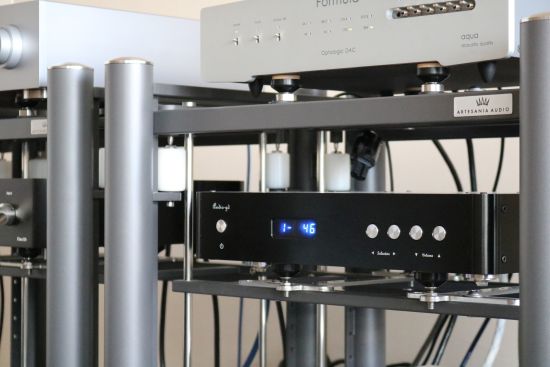
Now, of course, it’s one thing to have a design that looks great on paper but it’s quite another to make its sound live up to the expectations. But fear not, this it does, in spaces!
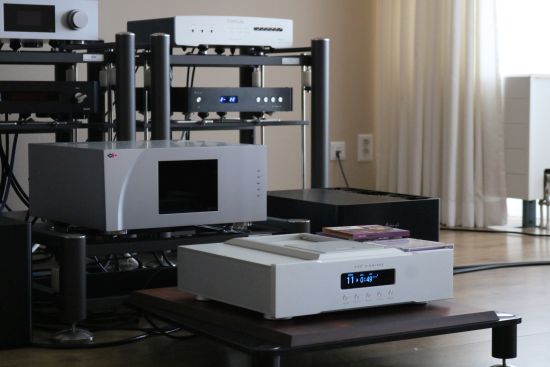
This is how I mostly used the Master 1: in the Artesania Exoteryc rack, with the Aqua Formula xHD DAC as a source.
Master 1 Running In
Unlike the power amps, the Master 1 sample was brand new and that gave me a chance to assess the running-in period. As it would turn out, this provided interesting results.
Straight from the box, the Master 1 preamp sounds sublimely neutral, fast, open and well-balanced. The bass is truly amazing in its combination of tightness, articulation, speed and weight and the midrange is very convincing. Eager and dynamic, the Master 1 never sounds restrained, filtered or rounded but is also not hard or in-your-face. The only sign of it needing more playing time was a certain glassiness or grain in the treble which sounded like Diana Krall’s lispy “S” but then on all tracks, not only hers. It was subtle but there was always a kind of splashiness, a subtle sanding-paper-like spike on top of energetic treble peaks, preventing them to sound entirely pure. Some people might refer to this as a transistor-y sound, and although that is generalizing the matter, I wouldn’t disagree. It is this effect that made me favor Jeff Rowland preamplifiers and power amplifiers over everything else that I had heard many system incarnations ago. Also, I did not hear this effect with the last two preamps that I reviewed which were the 3000-euro Lejonklou Sagatun and the cough-31.000-euro-cough CH Precision L1.
But, sure enough, only one hour later, the effect was already strongly reduced at which point the preamp attained a superb balance between refinement and expressivity. The Master 1 has so much energy and conviction, such great neutrality combined with such infectious rhythmic and dynamic involvement power that it makes me stay on the couch, playing track after track after track.
At this point, it was again crystal clear to me why I was so enthusiastic about this preamp the last time. This is not merely a very good preamp for the money, it is a fantastic preamp.
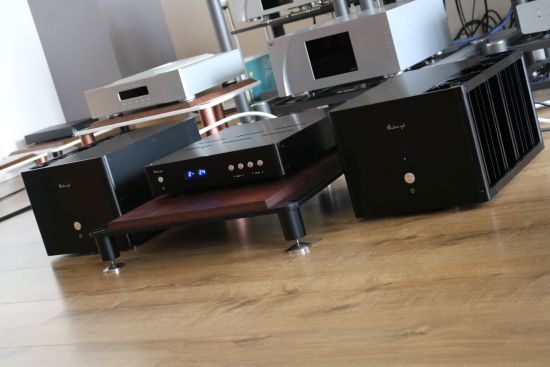
The Master 1 preamp sounded great everywhere that I tried it. While it exposes the sonic nature of the rack or platform, its neutrality makes that it is not particularly fussy.
I let the Master 1 preamp run during the night and indeed the next day the effect was further reduced and the sound had become even more fluid and refined. The spikes on the S’s had now all but gone and only with certain tracks, I still felt that the hi-hats could sometimes be ever so slightly raspy.
Because I don’t recall having heard this with the previous Master 1 review sample, just to make sure that it was not an exemplary effect, upon checking with Dutch distributor Magna Hifi, Jos confirmed that this is indeed fully expected. According to him, I should expect the effect to have worn off in 1-2 weeks. Now, whether or not it actually took this long I honestly can’t say. somewhere between a couple of days and a week I was so lost in the performance that I forgot all about the treble. When I had a clear moment again and remembered what it was that I should have looked out for, I noticed that the effect had indeed vanished.
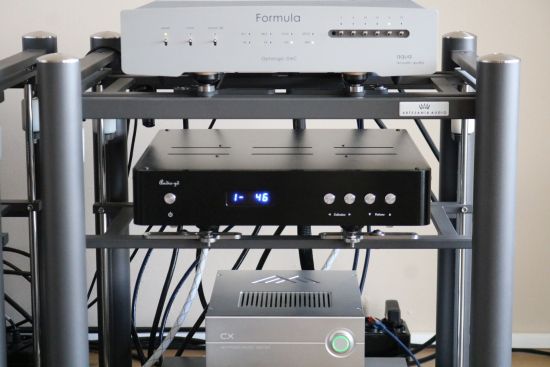
To be fair, even after prolonged use, I don’t think the Master 1 achieved the level of refinement of which the Lejonklou and CH Precision preamps were able. Just like the Jeff Rowland Corus preamp, the Lejonklou Sagatun is superbly airy and finely nuanced, and in these fields, precious few others can compete. But, much in a Rowland manner, it is also quite sweet and polished and it sounds a little filtered, a little too much so for my current taste. The Master 1 has a directness and convincing purity that neither the Lejonklou nor the Rowland have. And the CH L1? Well, at its stratospheric cost, can you blame it for outperforming the humble Master 1 in certain aspects? Yes, certain aspects, because there are two areas in which I prefer it over the costly Swiss preamp. First, it has more potent bass with more substance and drive, and second, it has an energetic purity and directness that makes the L1 sound slightly lean and slightly filtered.
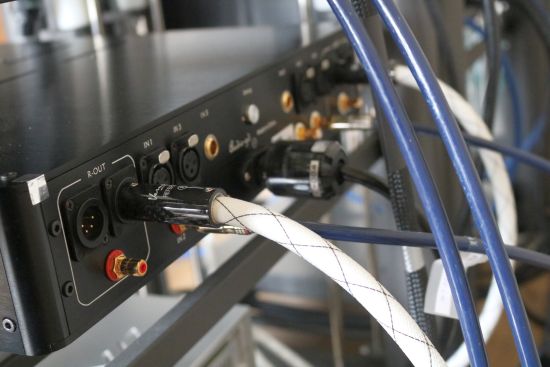
While the Master 1 power amp seemed to have no real preference for interlinks, the Master 2H mono power amps sounded best to me when connected with the Vermouth Reference XLR interlinks.
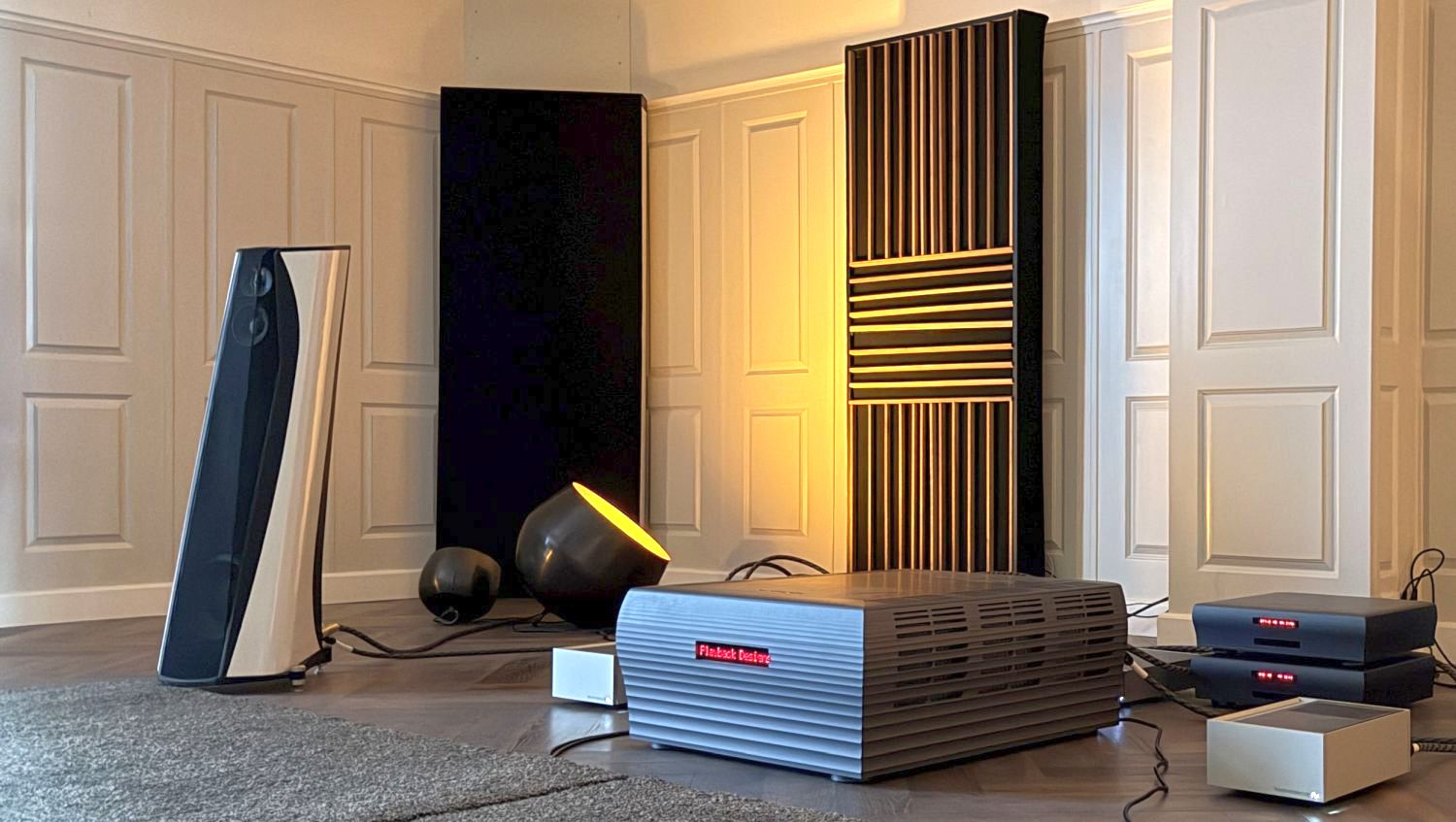
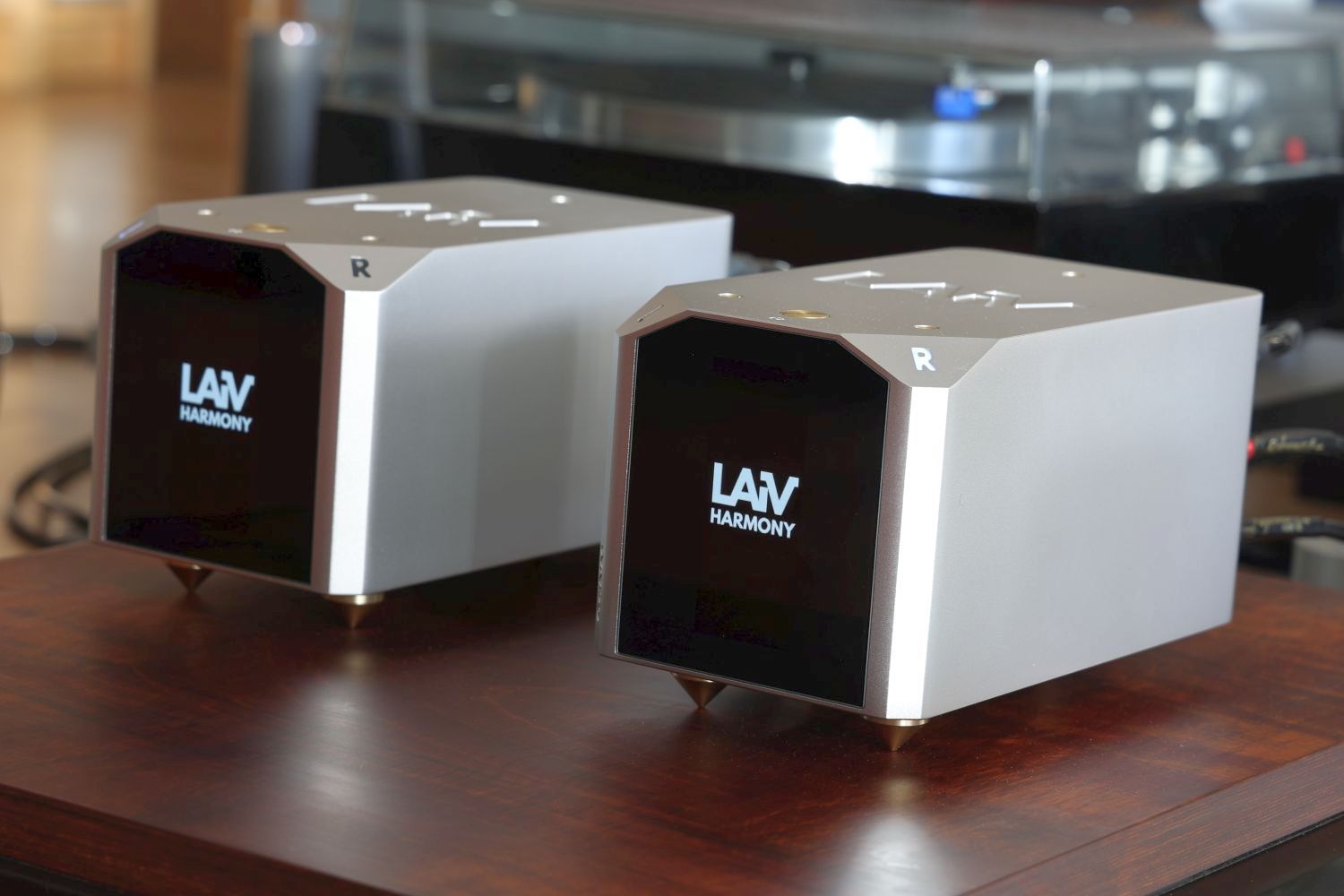
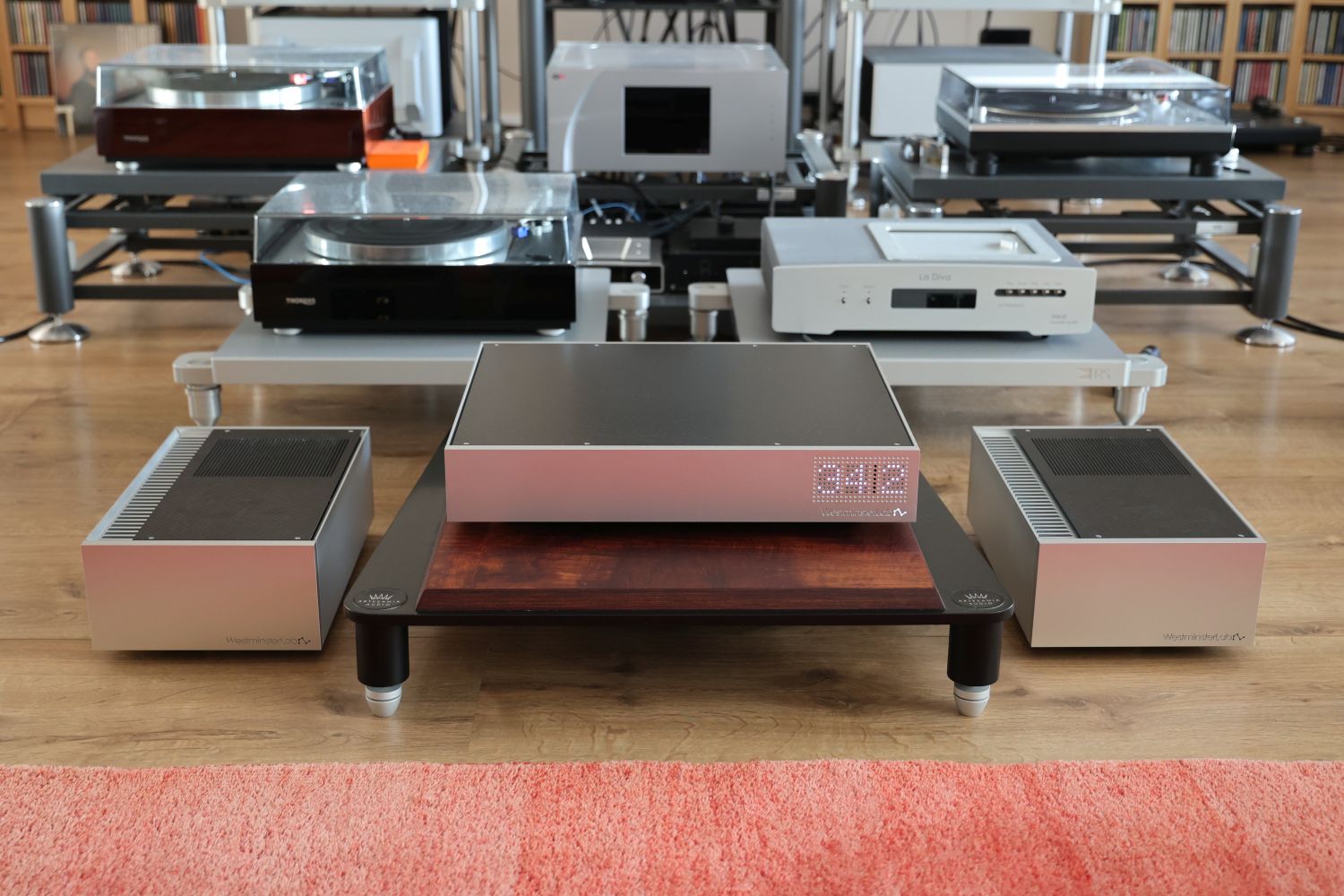
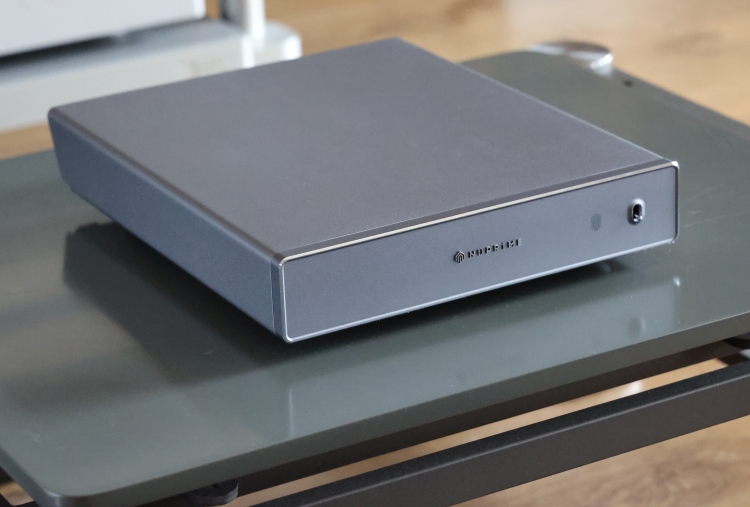
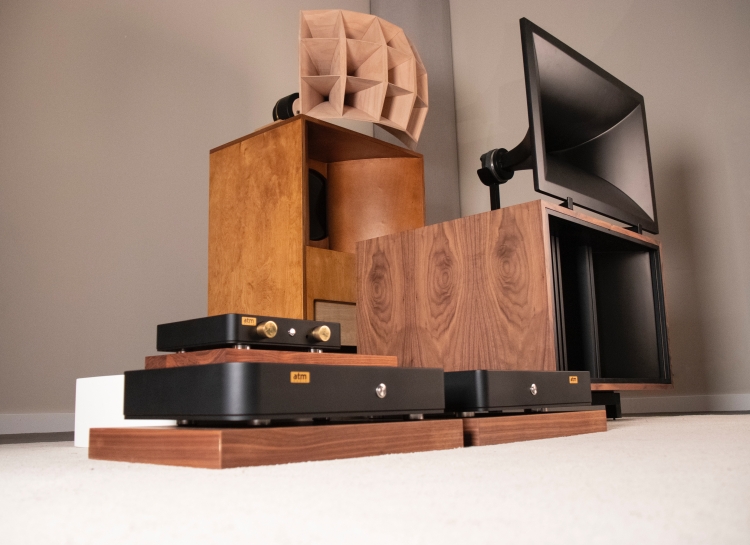
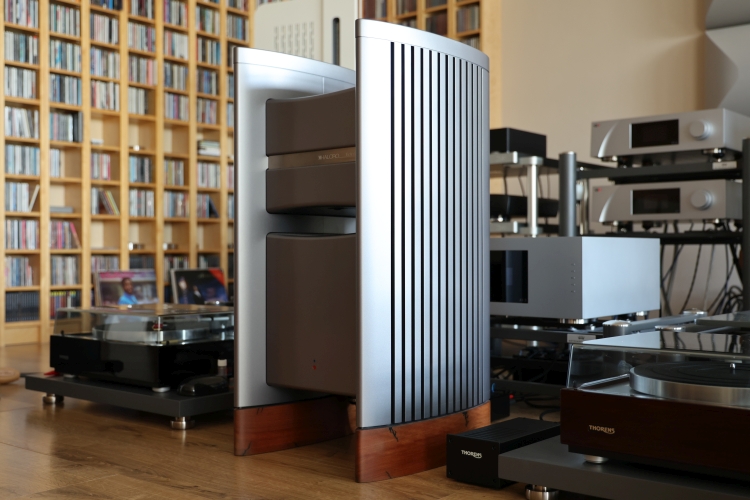
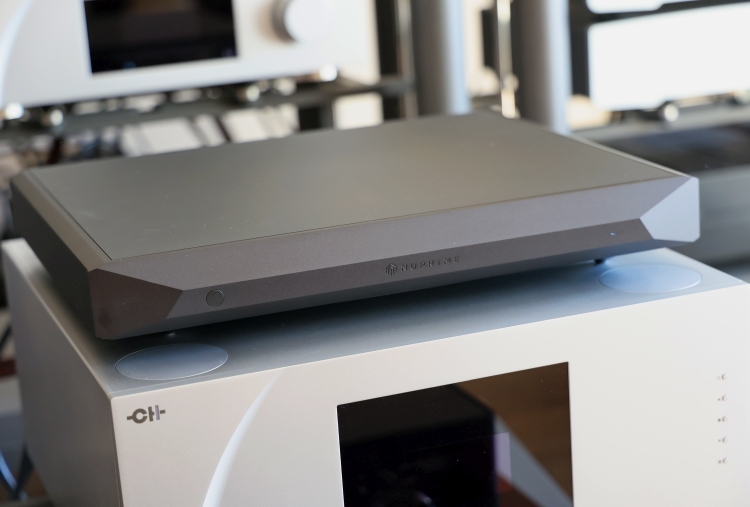
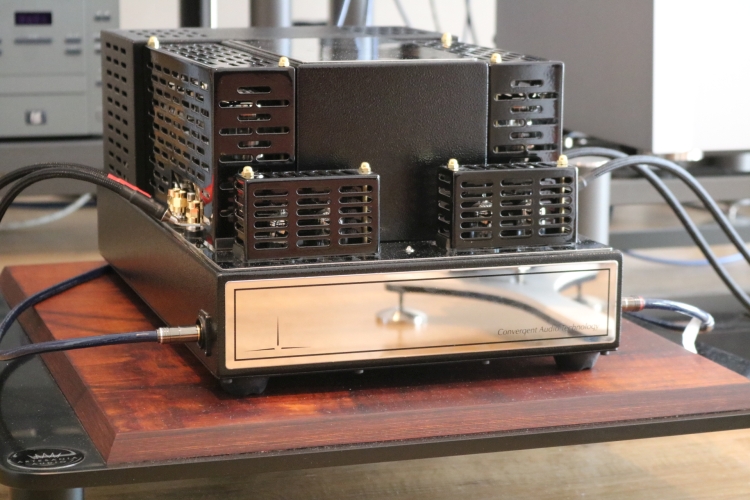
Hello Christiaan,
This sounds almost too good to be true. But even if it is up to the level you describe I guess sales will not be skyrocketing due to the fact it is a “no-name” Chinese brand. Far too few people buy HiFi components with sound performance as the most important criteria.
In the wrap-up you mention Analog Domain. We have previously exchanged comments about the Analog Domain’s M75D. Which I think has one of the best midrange texture and tonality I have heard in a transistor amp. In the Analog Domain I was lacking a tad of openness in the highs and was craving for a little more fullness and power in the bass. I felt the M75D was very controlled in the bass, but to a degree so the lower octaves almost gave a lean impression.
Can you from your sound memory please give some comparative description between the Analog Domain and the reviewed Audio GD?
I also get curious to what the Audio-GD – MASTER 1 Vacuum Valve – Tube preamplifier can bring to the table? Or the Audio-GD – Vacuum Valve HE1 – Regenerative PSU Tube Preamplifier.
I get however a little hesitant when I look at the product portfolio of Audio GD. There is an overwhelming number of products choices. Has enough time and effort been devoted to each one, is quantity more important than quality? Why not devote and refine a smaller portfolio, I think this alone will have many audiophiles look elsewhere. Thanks for another well written review, keep it up.
/ Per
Hi Per, I fully understand. It DOES sound too good to be true but I promise, their sound is as I described:-) And it’s not only me who thinks so, but my friends and even fellow reviewers also agree. I also understand what you’re saying about many people’s motivation for purchasing hi-fi. Well, perhaps my review won’t take away too many sales from the big Swiss brands but at least it gives people who are shopping at around the 4K-mark a very serious option to contemplate. As far as I am concerned these amps have no competition at their price point and are still competitive far beyond that.
I can follow your comments regarding the AD amp and I feel the same way, which is why I ultimately did not buy the amp. Although I cannot compare them directly now, my feeling is that the Audio GD components have a very similar midrange texture as the Analog Domain M75 while indeed offering a more open and airy treble. With regards to the bass, I’m not 100% sure without a direct comparison but I would say it is at least on par with the AD and likely more solid.
An audio buddy has the M75 integrated, if I make a move with the M2H’s myself and I can convince him to bring it along then I will make a follow-up review. I understand your concern regarding their vast portfolio but all their products so far have been excellent. I can’t speak for other countries but in the Netherlands, they are represented by a very hands-on and trustworthy distributor (Magna Hifi) which should help install confidence. The brand certainly has my interest and I may indeed conduct more reviews in the near future.
Thank you very much for your quick and informative answer. The reason why I find your reviews more interesting than a lot of other reviewers’ is that you generally test your review product in several different setups and you give references to other products so I can sometimes put it in relation to products I myself have hands on experience with. And you don’t always praise the latest review with “the best I have heard”, which is otherwise far too common in the industry. We need some people that are not too afraid of actually expressing a well informed and honest opinion. Sure people do have different preferences which complicates matters but I have very little or no respect for reviewers that are saying everything is the best. They may please the sponsors in the short run but loose serious readers in the long run. We need more reviewers with integrity. Could you perhaps get a comment on the tube pre amps from the guys at Magna HiFi? Do they have any experience you can relay?
Hi Per, thanks for the positive feedback:-) I can only comment on what I have heard myself and, alas, I don’t have any experience with Audio GD tube componenents yet.
Hi Christiaan, I wanted to let you know that I purchased the Master 2H monos after reading your review. They are replacing a McIntosh MC402 amplifier. I totally agree with your review and wanted to ask if you have heard or are planning to review the Audio-GD Vacuum HE1 XLR?
Hi James, congrats! And nice to read that you hear it the same way:-) Alas, there are no plans as of yet to review any other AGD gear.
Being so close to Sweden, you could try the Hulgich Duke speakers, they are Kingwa’s reference speakers and they were voiced with a R8, Master 1 and Master 2H (same as what you have) I think you’d be surprised how well they perform for the price. You can contact Göran Niréus at Audio Excite, they are in Stockholm.
Hi Jia, I’ll keep it in mind.
For me, it’s always a pleasure to read reviews of Audio-GD products, especially when compared to other – high-priced – products.
I own a Master 3 amp and a HE1 preamp.
I wonder if the Audio-GD regenerated power supply preamplifiers will be tested?
HE1 or Vacuum valve HE1?
I didn’t have a chance to compare Master 1 and HE1, but many people think there’s a big difference in favor of HE1.
Hi Nandor, Indeed, supposedly the regenerative PS makes a big difference. ATM I’ve not planned to review the HE1 or Vacuum HE1 but you never know:-)
Another suggestion, when placing the monoblocks on wooden floors, best to place them higher as they’re are prone to failures from condensation.
Good tip, thanks. In my case that will not be an issue though as it’s a well-isolated, moisture-free apartment that is pretty much always 20 degrees celsius at minimum.
Plans on reviewing his new XA150 ?
No plans for that ATM.
Great review. I am currently using the R7HE, Master 11S and Master 2H monoblocks driving Verity Leonore, ATC SCM 19 and Raidho C3.1.
The most impressive Audiogd component in my system is actually the Master 2H. Never once have i felt that the amp is running out of steam driving these speakers. i would dare say the weak link in my system are my speakers rather than the Master 2H. the value that they offer are seriously out of this world. in the last few year, i had the opportunity to test out several amps such as Accuphase, Jeff Rowland, Audio Research, Pass Lab (Aleph 0 mono) and YBA but none of these really gave a real world advantage in comparison to the Master 2H. This amp is truly a keeper.
Thank you for the response, Christiaan. Based on the positive comments that I’ve gotten from several Vacuum HE1 XLR owners, I purchased one and it should be shipped at the end of the week. I’ll let you know my impressions when I get it run in.
I am looking for some new monoblocks to try. The AGD M2H has to be one of the better value/performance propositions out there. The AGD HE-2 MK2 is a fair bit more money I cant help but wonder how the 2 AGD amps compare to eachother. I can only assume the HE-2 MK2 must be one hell of an amp.
Alas, I’ve not heard the HE-2 Mk2’s.
Dear Christiaan,
Kinki Studio has received a lot of press and reviews lately.
You reviewed the Kinki Studio EX M-1 back in 2018 and the Audio GD Master 2H Mono Power Amplifiers two years later. I guess you may not have heard the Kinki Studio’s EX B7 mono blocks.
I know I’m out on a thin limb now, but do you have a lasting sonic character impression of Kinki vs. Audio GD from your reviews?
Best regards,
Per
Hi Per, indeed, I have not heard the Kinki Monos. I do have a strong memory of the integrated’s sound and it is very different from the M2H’s. The former is robust, lively and forward and a little rough, the latter is extremely linear and even-handed and more refined, while still very expressive but not rough. However, do note that the Kinki mono’s are said to sound warmer and sweeter than the integrated that I reviewed.
Hello! Very interesting information. Thanks.
After some years from this review, any comment about preamp Audio GD HE1 – SolidState?
Thank you
Alas, I haven’t heard the AGD HE1.